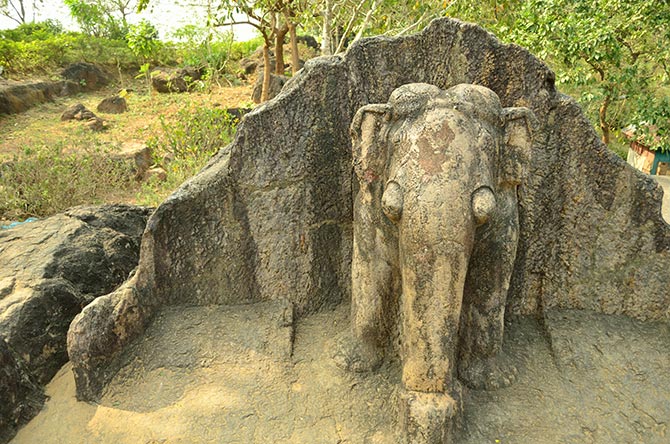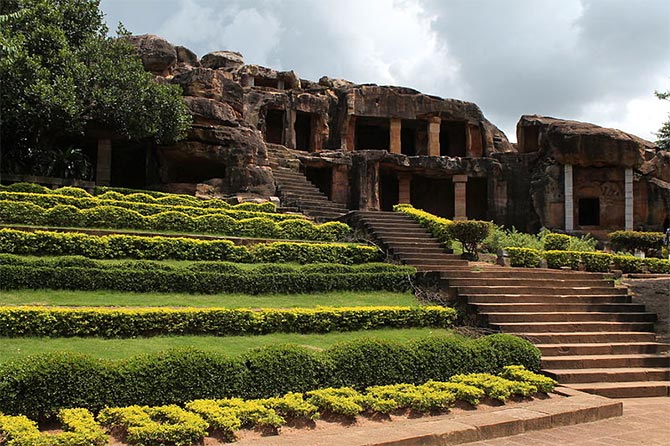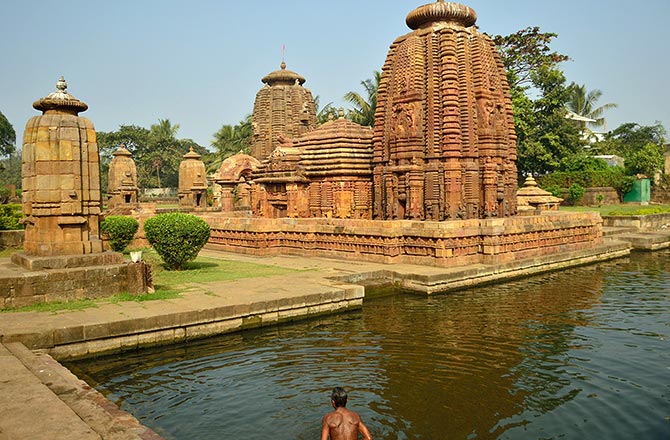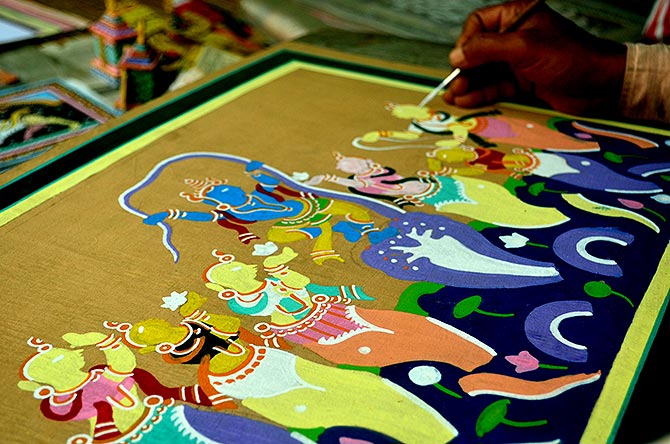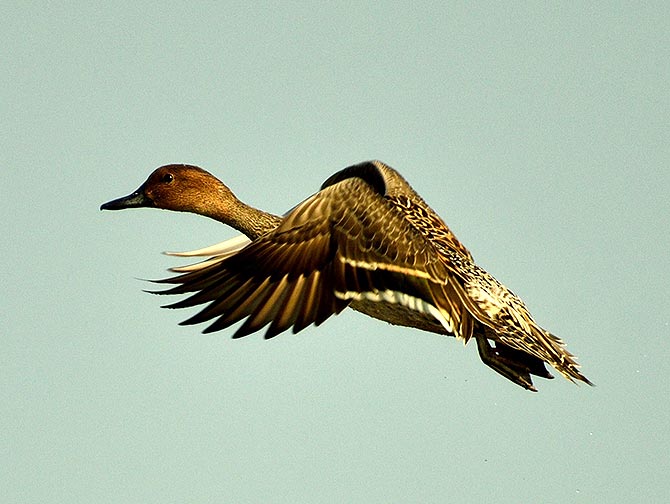 | « Back to article | Print this article |
Travel: 5 reasons why Odisha should be on your bucket list
The melange of history, culture and nature make for a memorable trip, says Lakshmi Sharath.
My interest in Odisha started when I was in class five. To be honest, it had more to do with the Kalinga war and Samrat Ashok. The gory battle left its mark on me as well and I had always wanted to see the battlefield which changed the Emperor’s mind.
Years later, when I visited Odisha, I was drawn to the state and its melange of historic, cultural, natural and artistic wealth.
If you are contemplating a trip to Odisha, here are five good reasons why you should start planning the trip right away!
Want to share your travel pictures?
Post them here -- #India-Photos!
Do also add a description, mentioning the place and any other details you'd like our readers to know!
We will publish the best photographs right here on Rediff.com!
What are you waiting for? Hurry!
Disclaimer: The photographs featured in this series are, to the best of our knowledge, original entries submitted by readers. Rediff.com does not assume any responsibility for their originality.
Click on NEXT to continue reading...
1. Recreate history at Dhauli
On the banks of the Daya river about 8 km from Bhubaneshwar, lies a rock that is engraved with Samrat Ashoka’s edicts. Of the 33 edicts, you find 14 here - including 1-X, XIV and two Kalinga edicts, one of which speaks about the emperor’s “welfare for the whole world.”
The caretaker and I head towards the rock where the edicts are carved. We were the only people there. Walking around the rocks, I see a rock cut elephant, one of the earliest Buddhist caves.
A little further away is a Sanchi Stupa built recently that overlooks the Daya river, which was believed to have turned red with the blood during the Kalinga war in 264 BC.
Standing there I look at the little river curling away into the plains. The peace that I feel is almost surreal.
Maybe that was what Ashoka wanted to achieve when he transformed himself and Dhauli from a bitter battle field to a spiritual sojourn.
Click on NEXT to continue reading...
2. More ruins at the Buddhist triangle
I don’t know why exactly it is called the Diamond Triangle, but the excavated site at Ratnagiri, Udayagiri and Lalitagiri, located about 90 km from Bhubaneshwar is truly a treasure.
Ratnagiri is the largest of them all and was believed to be the site of a mahavihara or one of the biggest Buddist monasteries.
Today, the excavations have unearthed two monasteries, a stupa surrounded by several vortex stupas while one of the monasteries has a cell housing a large Buddha.
There are also archaeological remains of temples and it is believed that Ratnagiri would have flourished between 5th century – 13th century.
In Udayagiri and Lalithagiri, one finds similar monasteries and stupas. Personally I like the atmosphere at Udayagiri where the monasteries are scattered and the scenery takes your breath away.
Besides the Buddhist ruins, there are also Jain sites at Udayagiri and Khandagiri caves.
Click on NEXT to continue reading...
3. Temples of Odisha
If Delhi-Agra-Jaipur is touted as the Golden Triangle, then one has to find a better description for the triangle Puri-Konark-Bhubaneshwar, destinations that are an ode to Indian heritage, art and architecture.
The triad deities – Jagannath and his siblings Bhalabhadra and Subadra are omnipresent in Puri, in a shrine that was believed to be built by none other than Lord Vishnu in the guise of a carpenter.
The Sun Temple at Konark stands like a chariot drawn to the sky, with twelve pairs of stone wheels representing the twelve months in a year, its eight spokes symbolising the eight stages of a day in a woman’s life.
In Bhubaneshwar, however, every street corner is filled with a shrine, all surrounding the 1000 year old Lingaraja temple.
My favourites are the Raja Rani and the Mukteswar shrines but if you really have the time, I would recommend a visit to the Chausath Yogini temple, just to get a feel of the bygone era.
Click on NEXT to continue reading...
4. The Craft tour
Enter the world of colour and cloth in a small little village called Raghurajpur, barely 15 km from Puri. A crafts village, Raghurajpur is home to over 100 craftsmen who have been creating and preserving the 900 year old craft of patachitra, which literally means scroll paintings on cloth.
The chitrakaars prepare their own natural colours and use very fine brushes. Their subjects are usually stories from Indian mythology but it is Lord Jagannath who inspires them. The entire village is an ode to art.
Home of the famous Guru Oddisi exponent, Kelucharan Mohapatra, Raghurajpur has artists specialising in traditional and folk music and dance as well.
Besides patachitra, you have tusser paintings, palm leaf engravings, papier mache toys and masks, wood carvings, cow dung toys to name a few of them.
While you are at Raghurajpur do visit Pipli to see some bright and beautiful applique works.
Click on NEXT to continue reading...
5. Sunset at Chilika and a rendezvous with rare birds
The Chilika lake is one of the largest brackish lagoons in the world and according to me, the most beautiful part of Odisha.
One can go on a sunset cruise and look for dolphins. Head to Satpada, about 50 km from Puri, and board the ferry that will take you on a three to four-hour cruise.
If there is an ode to nothingness, then this must be it. VisitRajhansIsland, where one can see the lagoon on one side and the Bay of Bengal on the other. And look for the elusive Irawaddy dolphins that sometimes greet you.
If you are a bird watcher like me than go to Mangalajodi, which is further away. Home to over 100 species of birds that flock here from Russia, Mongolia and closer home, Ladakh, you get to see these birds at close quarters here as you take a boat ride in the waters.
I saw the northern pintails, the northern shoveler, the Brahminy ducks besides black tailed godwits, glossy ibis and the “chilika chicken”, the purple moorhens among others.
The magic of Chilika stays a while even after you have left its shores.
Want to share your travel story? Simply write in to travelpicsga@rediffmail.com (subject line: 'My Travel Story'), along with pictures of the destination you're writing about. We'll publish the best ones right here on rediff.com!

